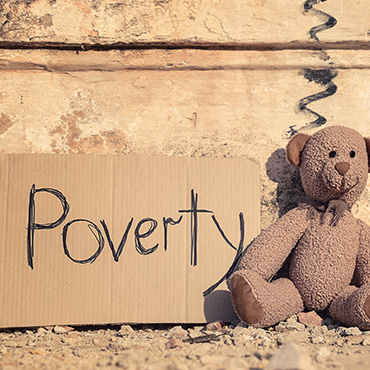
The brain is run by three things. First, behavioral geneticists estimate that about 30-40% of how we turn out is genetics. But that leaves 60-70% up to either the environment or environment and genetics combined (gene expression). Those who grow up in poverty experience a very different upbringing from middle or upper class kids.
Students who grow up amid economic insecurity often face many obstacles: parents without education, lack of healthy attachments, lag of cognitive stimulation, lack of enrichment activities, violent neighborhoods and lack of access to medical resources. The latest neuroscience science is showing how these emotions have effects on the brain and how they can directly impede learning. Some scientists and educators are suggesting ways in which kids and college students can combat the long-lasting effects of poverty-related stress.
How Chronic Stress Derails the Brain
Out of all the issues, one of the greatest is acute or chronic stress.
Occasional stress is good for us. Cortisol is actually a molecule of energy. But in response to fear or stress, the brain quickly releases adrenaline and cortisol, activating the heart, blood vessels and brain for life-saving action — fighting, flight or freeze. At school most kids don’t fight or flight, they just freeze up in class and do nothing.
The most severe stressor is a threat. The brain gives the threat priority over anything else — including schoolwork — and it creates powerful memories to help prevent future threats.Fear also interferes with learning. A study published in the February online journal of Social Cognitive and Affective Neuroscience shows that students raised in low-income homes have stronger fear reactions — with potential consequences for concentration.”All families experience stress, but poor families experience a lot of it,” says Martha Farah, psychology professor at the University of Pennsylvania. To read more click here
